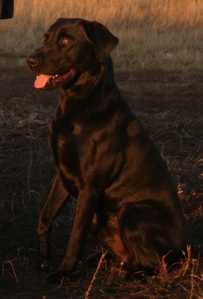At Neogen/Paw Print Genetics (PPG), we are always exploring the current research to produce new tests for disease-causing mutations. Every month new discoveries are made and published in the veterinary scientific journals. On September 28, 2022, we added a host of new tests for disease-causing mutations in many breeds to our menu as we strive to be a convenient source for your genetic testing requirements. Listed here are the 20 new tests PPG is now offering and some of the breeds affected by these mutations. Some of these new tests are for mutations that are rare, even within the associated breeds of concern.
New tests for the basset hound
We are thrilled to now offer a test for Lafora Disease. This test for the late onset neurologic condition has been much anticipated for the basset hound, miniature wirehaired dachshund, and other breeds at risk. Because Lafora Disease presents later in a dog’s life, knowing the status for this mutation and breeding appropriately will lower the frequency of the mutation within a population and reduce the number of at-risk/affected dogs. The NHLRC1 mutation is a complex test that requires high-quality DNA. Therefore a ...





